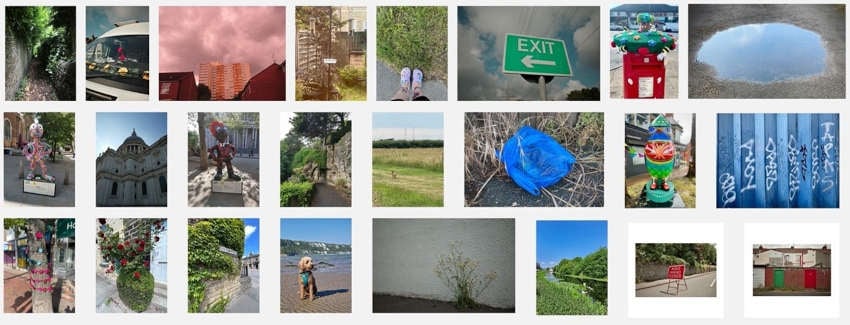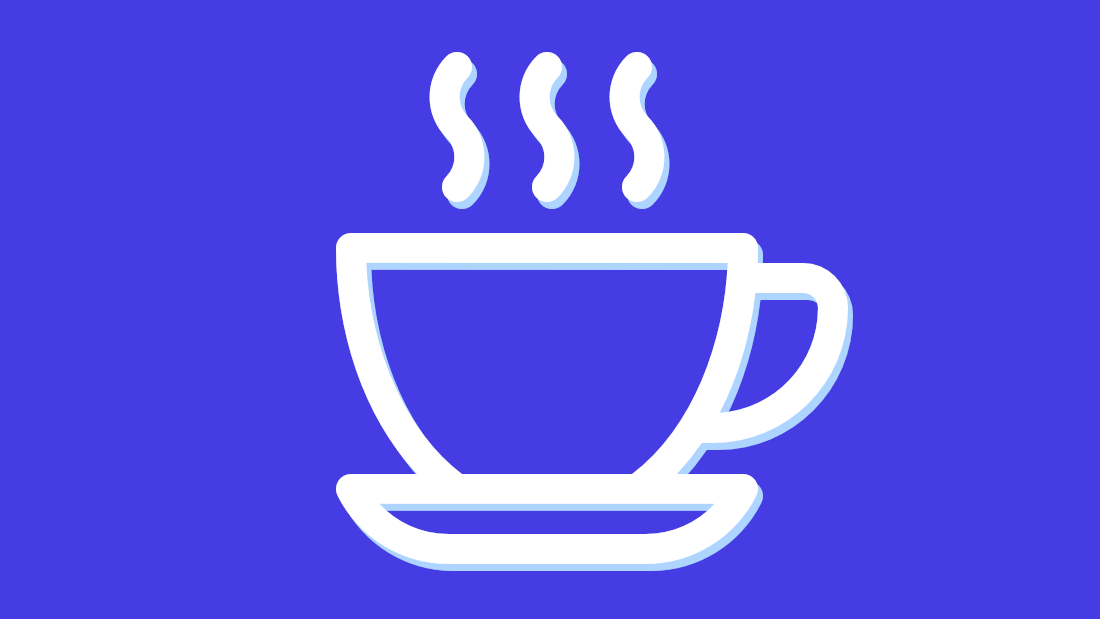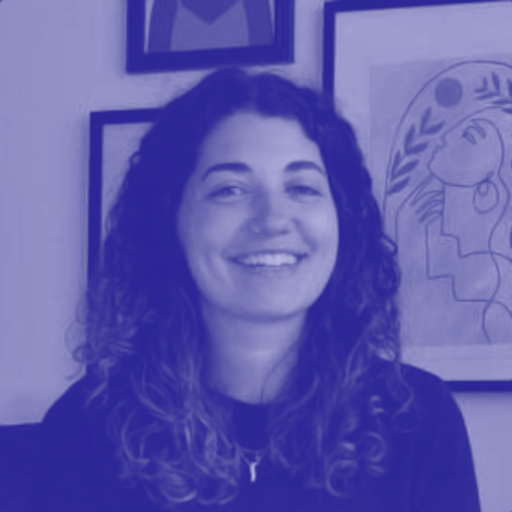We employ design thinking every day with our clients so why not use it to address one of our own organisational challenges? Namely, team wellbeing.
One important technique in design thinking is the ‘How might we…?’ question. It was first used at Procter & Gamble in 1970 and is a sort of anchor for the way we work.
In this case, asking “How might we apply design thinking to bring SPARCK’s values to life?” helped us identify wellbeing as the first place to focus.
That’s partly because, being honest, our 6-monthly team survey showed this was an area where we could be doing better.
It’s also an incredibly important topic for us and sits within our value ‘We care about people’.
Wellbeing matters
We know that if we can provide the right support networks and toolkit for SPARCKies to take care of themselves it will help them bring their best selves to work.
And, as a result, we’ll get high performing teams on projects, getting consistently good feedback from clients.
Our people work on challenging projects, sometimes dealing with difficult subjects. My colleague Harriet de Wet wrote about this earlier in the year:
“On one recent project I was part of a team working in a large organisation with a bureaucratic culture. There were times when this was frustrating and difficult to navigate… In addition, the sensitive subject matter was difficult to emotionally process. We had to work with vulnerable users whose stories were often upsetting to hear. This was especially challenging for the user researchers on the team…”
And that’s before we get to what might be going on outside work, in a cost of living crisis, a climate crisis, at the tail-end of a pandemic, with war in the news.
Solving the problem
We started with a call out for volunteers across the team and pulled together a ‘wellbeing crew’.
This consisted of Azeem Butt, Jimmy Adams, Emma Layton, Harriet de Wet and me.
As with most design thinking projects, the first thing we did was get together and come up with as many ideas as possible.
What are the things we could do to focus on wellbeing? What had we heard from the survey that we wanted to address? Those of us who are squad leads, looking after teams of SPARCKies, shared what we’d picked up from those conversations, too.
We then prioritised this information which helped us form a plan for the quarter. In design terms, this was a prototype we wanted to test with real users.
Talking about wellbeing as a team
Every two weeks, we have a SPARCK-wide get together (all hands) and a regional meeting straight after, which we call ‘small hands’.
We decided that for the entire quarter, every other round of those meetings would focus on wellbeing.
The first topic was an introduction to digital wellbeing from our resident champion Azeem.
He broke down what digital wellbeing is, the journey SPARCK has been on with it, and the academic research on the subject. This created the space to open the conversation and raise our awareness.
Another session focused on hobbies. What reenergises us out of work? How do we actively rest to take care of ourselves?
We know that switching off from work makes us more productive when we’re here. Azeem has written a blog post about this, if you want to know more.
By sharing our hobbies with the team, we wanted to encourage connections with others, and help everyone get to know each other better.
“One recurring theme was the need for hobbies or interests that are absorbing enough to hold your focus,” says Azeem.
Some of the common hobbies were photography, theatre (both watching and performing), yoga and DJing.
Check-ins and touchpoints
We felt it was important to hold space for SPARCKies to check in with themselves and with each other.
With that in mind, we created:
- Wednesday wisdom
- a digital wellbeing toolkit
- wellbeing brews
Wednesday wisdom was a series of automated messages in Slack, which we use for internal chat.
Each message asked 5 questions to encourage self-reflection and prompted people to take a moment to think about how they were feeling.
Those messages also linked to the digital wellbeing toolkit, created by Jimmy. It has templates that SPARCKies can use to work through problems, with their project team, on their own, or with their squad lead.
Finally, weekly drop-in sessions called wellbeing brews were hosted by Jimmy and were an opportunity for 30-minute group check-ins, connections, or support, around lunchtime. Jimmy says:
“The sessions themselves were really well received. By coming together in a safe environment across locations and projects, we were able to expose the challenges people were facing and provide guidance. While some attendees looked for guidance on projects or immediate challenges, others came with uplifting stories and inspiration, so there was a great balance between practical support and fun, energising conversation. The plan is to continue with the brews to ensure there is always space for people beyond the existing support structures we have in place.”
Fresh perspectives from outside
To finish the quarter, we invited cyberpsychologist Carolyn Freeman to deliver a talk.
She’s a specialist in digital health and wellbeing and gave some incredible insight into the subject.
Azeem will be writing a more detailed blog post about this, including how we are continuing the conversation with Carolyn.
In the meantime, she’s running some practical workshops with us to help upskill ourselves on tools and techniques for understanding our own working styles so we can communicate those preferences more clearly.
One of the many things we took from Carolyn’s talk was the idea that we could proactively hack our productivity through physical movement.
As she explained: “Recent research demonstrates that you have a greater ability to be productive if you get moving, rather than just sitting quietly."
To test this idea, we launched a photography walking week. We encouraged SPARCKies to take time out of their day for themselves, to move their bodies, and be fully in the moment – and capture it in a photograph.

Focusing on outcomes
Another of SPARCK’s values is ‘We are outcome focused.’
The early signs are that these activities were helpful and enabled people to start managing their own wellbeing. As Rahima Ali said:
“I really enjoyed the wellbeing brew, it was nice to check in, share and hear how everyone is doing. The toolkit and the all-hands with Carolyn has really helped me with managing my own and others expectations. The thing I took away was to stop feeling bad about not replying to friends and family straight away. It's okay to have communication boundaries with the people we love the most.”
We hope this will be a springboard for SPARCKies to build positive habits and carry on with what works for them.
Beyond the designated wellbeing quarter, we’re going to be running some longer-term initiatives that came out of our idea sessions.
We’ll know if this really worked when we see the results of the next staff survey. If the dial moves, even a bit, that’s a sign that we’re heading in the right direction.
Until then, we’ll be using what we learnt from our wellbeing quarter minimum viable prototype (MVP) to shape activities in our next quarter, focused on progression.
Steal our ideas and share yours
If you think any of the ideas above might help your organisation work more effectively, and happily, please feel free to give them a try. And let me know how it goes.
I’d also love to hear from other people with responsibilities around culture and wellbeing. What’s worked for you that we might want to add to our big whiteboard of ideas?



